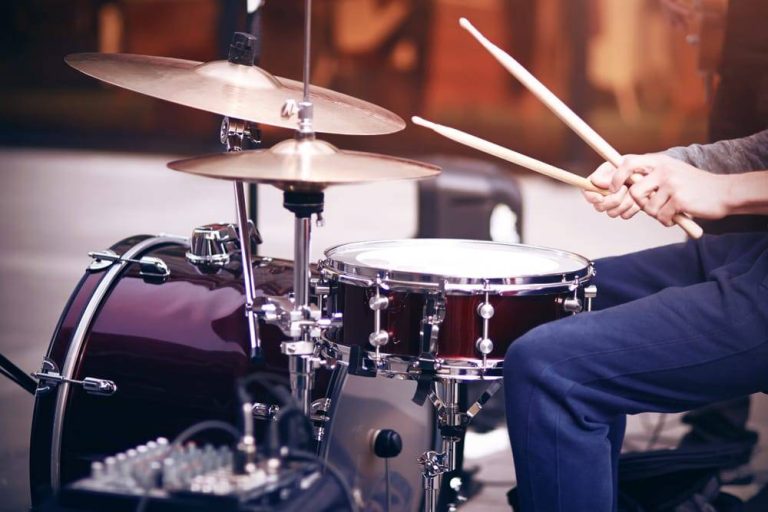If you pilot an aircraft in the professional capacity, then you would know that there are different types of stalls. That said, they all lead to the same outcome — if not corrected, stalls will cause your aircraft to crash.
The very best way to avoid a stall is to avoid surpassing your airplane’s acute angle of attack. However, more than carelessness can speed up stalls. Wake turbulence, severe weather, and system failure are all other situations that can trigger a stall in short order. For that reason, while avoiding stalls in the first place is ideal, concentrating on recuperating from stalls is, however, essential to keeping safe flight.
Types of Aircraft Stalls
One of the most typical stalls experienced by pilots of all experience levels is the cross-controlled stall, which manifests in one of two types: a slipping stall or a skidded stall. Both kinds of stalls can significantly makeup aircraft control and cause upset attitudes; however, slid stalls are generally considered more hazardous due to the airflow’s tendency to tuck under the wing throughout the stall break.
Unlike a slipping stall, the sudden elevation beneath the aircraft’s wing causes it to suddenly yaw and soon after that presume a spinning pattern.
What can you do if your aircraft enters a stall?
Skidded stalls can be severely disorienting, which implies that the very first prerequisite for recovery is avoiding panic. By keeping your cool, you’ll be able to carry out five essential strategies for recuperating from a skidded stall, the very first of which is to reduce your airplane’s angle of attack below the vital angle of attack.
As you minimize the angle of attack by reducing elevator input, the second recovery technique is to utilize just the amount of power that’s essential to preserve the aircraft’s correct airspeed. By applying force, you’ll maintain altitude and counter the considerable drag of uncoordinated flight. However, if the airplane is in a nose-down attitude, lowering power to idle is the very best method to combat the airplane’s downward speed.
The third essential technique for recovering from a skidded stall is to use the rudder to neutralize yaw. Utilizing your airplane’s rudder, rather than utilizing its ailerons, is suggested for two factors: the rudder efficiently cancels yaw and always causes the plane to roll in the direction of the used rudder, whereas using the ailerons to cancel yaw can in some cases result in reverse aileron impact, which increases yaw instead of withdrawing it. After recovering from the stall, you must level your airplane’s wings by utilizing the ailerons in tandem with the rudder. After levelling the sides, you’re ready to climb back to your former elevation, always taking care not to exceed the critical angle of attack.
The best way to get ready for recovering from stalls is to participate in private pilot flight training that concentrates on stall recovery training. Aerobatics training in Sydney offers skilled stall recovery training in accelerated formats. If you’re considering whether you must get stall recovery training, remember that stalls can happen in a variety of circumstances for numerous factors. Even if you experience only one stall during your flying career, having stall recovery training can mean the distinction in between resuming collaborated flight and impacting the ground.








